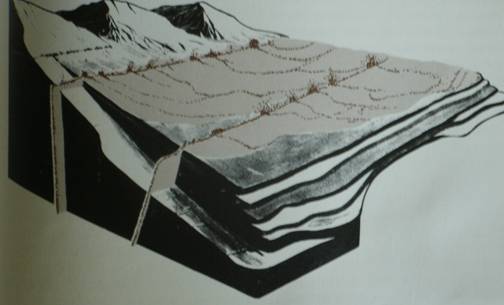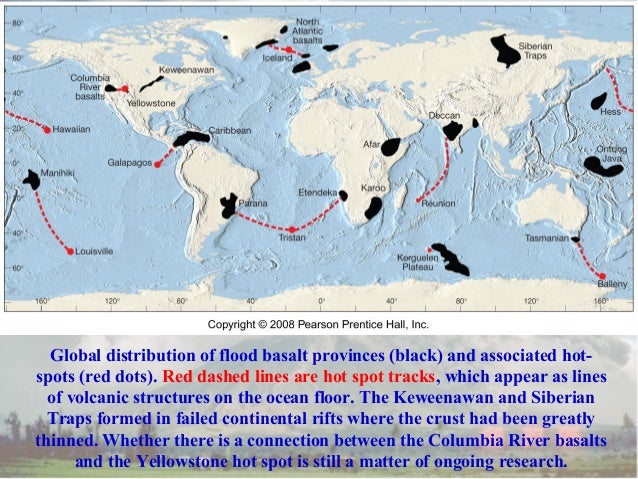

Cool springs sampled within the Park contain CFC's and tritium and have apparent CFC age dates that range from about 50 years to modern. Watersheds comprised dominantly of quaternary Yellowstone volcanics are characterized by slow streamflow recession, low maximum to minimum flow ratios. Hydrograph parameters show a spatial pattern correlated with watershed geology. Hydrograph signal interpretation is corroborated with chlorofluorocarbon (CFC) and tritium concentrations in cool water springs on the Yellowstone volcanic plateau.

A model for snowmelt recession is used to separate groundwater discharge from overland runoff, and compare groundwater systems.

Ratios of maximum to minimum mean daily discharge and average recession indices are calculated for watersheds within and surrounding the Yellowstone volcanic plateau. Snowmelt hydrograph analysis and groundwater age dates of cool water springs on the Yellowstone volcanic plateau provide evidence of high volumes of groundwater circulation in watersheds comprised of quaternary Yellowstone volcanics. Snowmelt hydrograph interpretation: Revealing watershed scale hydrologic characteristics of the Yellowstone volcanic plateau Geological Survey, the University of Utah, and Yellowstone National Park formed the Yellowstone Volcano Observatory, which continuously monitors activity in the region. To better understand Yellowstone?s volcano and earthquake hazards and to help protect the public, the U.S. In the next few hundred years, hazards will most probably be limited to ongoing geyser and hot-spring activity, occasional steam explosions, and moderate to large earthquakes. Although no eruptions of lava or volcanic ash have occurred for many thousands of years, future eruptions are likely. Yellowstone, one of the world?s largest active volcanic systems, has produced several giant volcanic eruptions in the past few million years, as well as many smaller eruptions and steam explosions. Steam explosions, earthquakes, and volcanic eruptions - what's in Yellowstone's future?


 0 kommentar(er)
0 kommentar(er)
